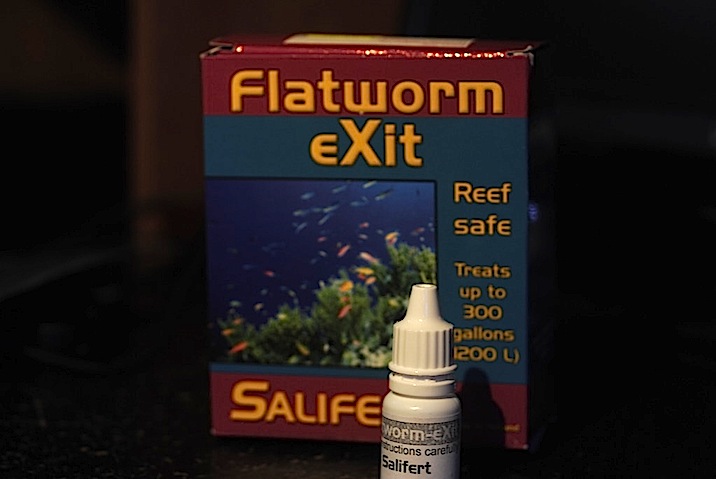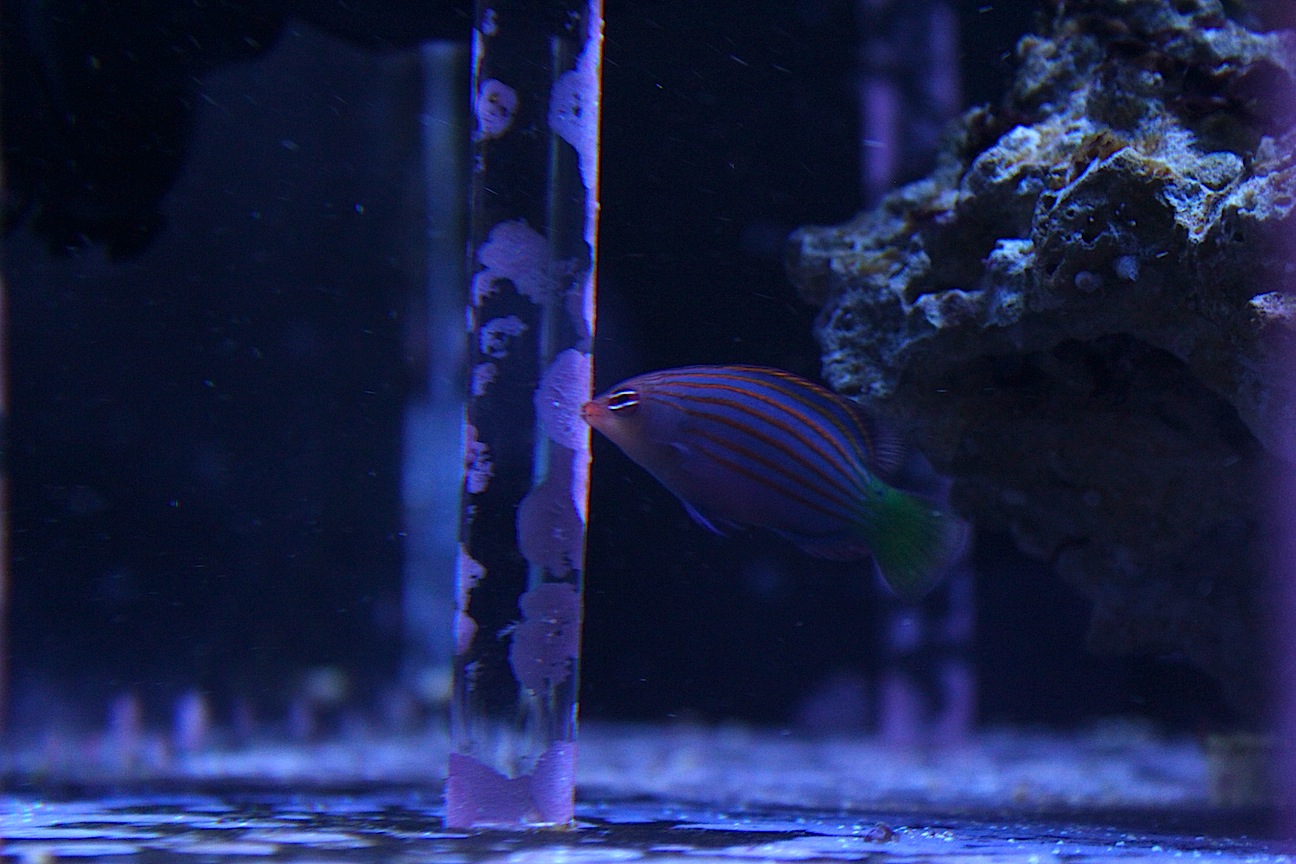I had a bunch of red flatworms in one of my newest tanks and once I added a six line in they all disappeared after a couple of months. Not saying that a six line or any fish for that matter will eat them, but if you're going to get the fish anyways, definitely a bonus when they do eat the flatworms. 
Cheers,
Alex
Cheers,
Alex
























